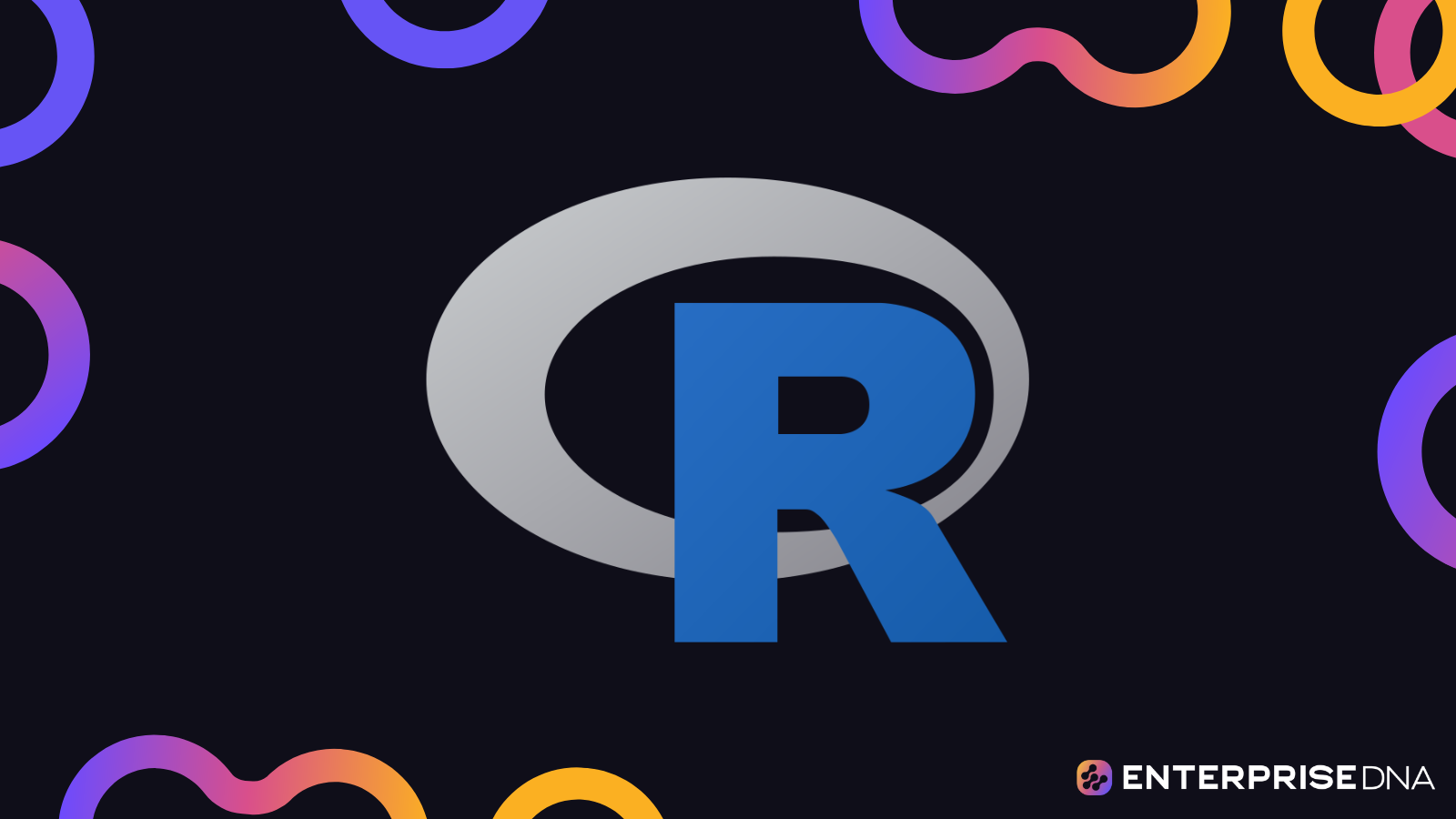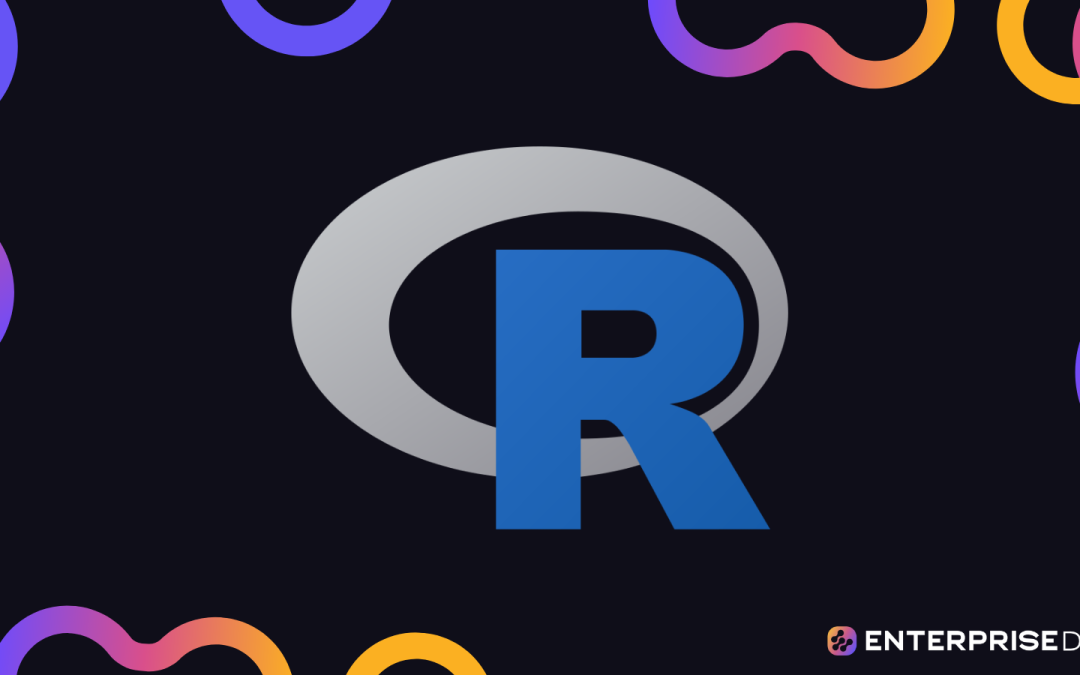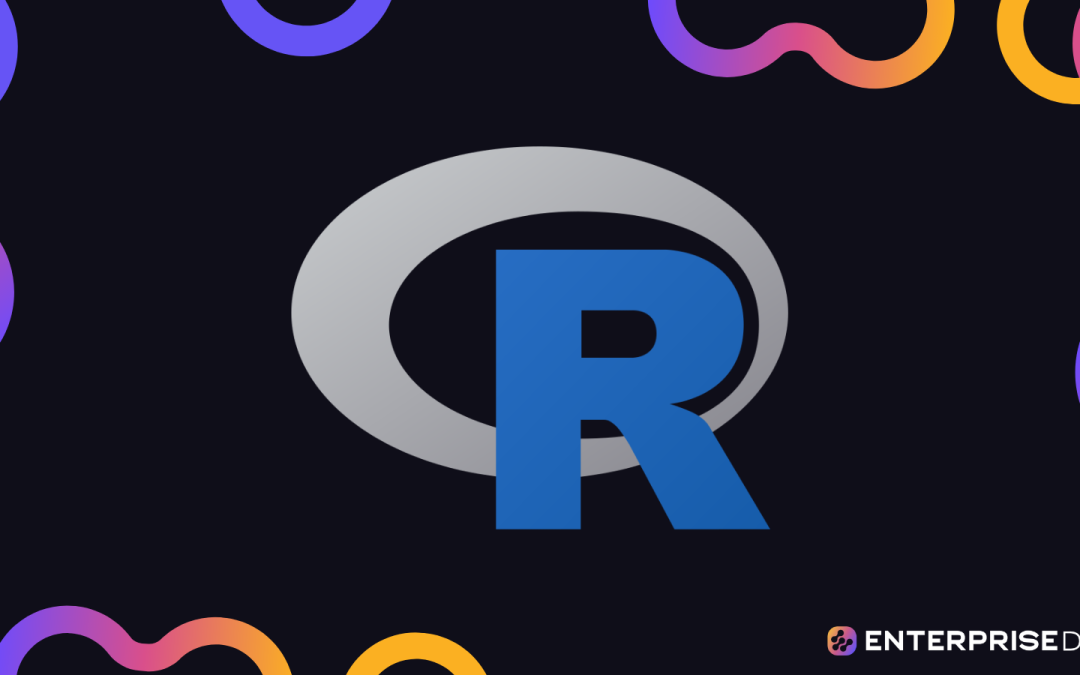Advanced Data Wrangling Techniques
Welcome to the first lesson of our advanced course: “Unlock the full potential of R in your data analysis tasks and elevate your skills from proficient to expert.” In this lesson, we will focus on advanced data wrangling techniques using R. Data wrangling, also known as data munging, is the process of transforming raw data into a clean and tidy format. This is a critical step in the data analysis pipeline, as high-quality data is essential for accurate analysis.
Introduction to Data Wrangling
Before we dive into advanced techniques, it’s important to understand what data wrangling involves:
- Data Cleaning: Removing or fixing errors, handling missing values, and correcting inconsistencies.
- Data Transformation: Changing the structure or format of data to prepare it for analysis.
- Data Integration: Combining data from different sources.
- Data Reduction: Condensing data by aggregating or summarizing it.
Advanced data wrangling techniques build on these fundamentals to handle more complex scenarios efficiently.
Prerequisites and Setup
Before we begin, ensure you have R installed along with the following essential packages:
install.packages(c("dplyr", "tidyr", "data.table"))
Load the packages in your R environment:
library(dplyr)
library(tidyr)
library(data.table)
Advanced Data Wrangling Techniques
1. Data Manipulation Using dplyr
The dplyr package provides a grammar of data manipulation, making it easy to solve complex tasks.
a. Chaining Operations with %>%
The pipe operator %>% allows you to chain together multiple operations in a readable format.
Example: Filtering and selecting columns from a dataset.
data %>%
filter(condition1, condition2) %>%
select(column1, column2, column3)
b. Grouping and Summarizing Data
Group data and calculate summary statistics using group_by() and summarize().
Example: Calculating the average of a grouped dataset.
data %>%
group_by(group_column) %>%
summarize(mean_value = mean(target_column, na.rm = TRUE))
2. Reshaping Data with tidyr
The tidyr package is designed to help you create tidy data by reshaping and reorganizing datasets.
a. Pivoting Data
Pivot longer and pivot wider are two important functions:
- Pivot Longer: Convert a wide-format dataset to a long format.
data_long %
pivot_longer(cols = c(column1, column2), names_to = "key", values_to = "value")
- Pivot Wider: Convert a long-format dataset to a wide format.
data_wide %
pivot_wider(names_from = key, values_from = value)
b. Handling Missing Values
Identify and handle missing values effectively:
# Replace NAs with a value
data % replace_na(list(column_name = value))
# Drop rows with NAs
data % drop_na()
3. Efficient Data Processing with data.table
The data.table package is designed for high-performance data processing.
a. Creating and Manipulating Data Tables
Example: Creating a data table and performing operations.
DT <- data.table(x = c("a", "b", "c"), y = c(1, 2, 3))
DT[, z := x + y] # Adding a new column
b. Fast Aggregations
Example: Calculate the sum by group.
DT[, .(sum_y = sum(y)), by = x]
4. Joining Data
Combining multiple datasets is a common task. R offers several ways to join data, with dplyr providing an intuitive set of functions:
a. Inner Join
Combines datasets based on matching rows.
inner_join(data1, data2, by = "key_column")
b. Left Join
Keeps all rows from the first dataset and matches from the second.
left_join(data1, data2, by = "key_column")
c. Full Join
Keeps all rows from both datasets.
full_join(data1, data2, by = "key_column")
Real-Life Example
Consider a scenario where you have sales data and product data, and you need to clean, transform, and combine them for analysis:
# Load necessary libraries
library(dplyr)
library(tidyr)
# Simulated datasets
sales <- data.frame(
product_id = c(1, 2, 3, 2, 1),
sales_qty = c(10, 7, 8, 5, 4),
date = as.Date(c('2023-01-01', '2023-01-01', '2023-01-02', '2023-01-03', '2023-01-04'))
)
products <- data.frame(
product_id = c(1, 2, 3),
product_name = c("A", "B", "C")
)
# Cleaning: Remove missing values
sales % drop_na()
# Transformation: Calculate daily sales
daily_sales %
group_by(date) %>%
summarize(total_sales = sum(sales_qty))
# Joining: Combine sales data with product information
combined_data %
left_join(products, by = "product_id")
# Resulting dataset
print(combined_data)
Conclusion
This lesson introduced advanced data wrangling techniques using dplyr, tidyr, and data.table. Mastering these techniques allows you to handle complex data manipulation tasks efficiently, preparing your datasets for insightful analysis. In the next lesson, we will explore advanced data visualization techniques to complement your data wrangling skills.
Stay tuned and happy coding!
Lesson 2: Mastering Data Visualization with ggplot2
Introduction
In data analysis, visualizing data is a critical step to understanding and interpreting your results. A well-crafted visualization can reveal patterns, trends, and insights that raw data alone cannot. ggplot2 is a powerful and flexible R package designed for creating high-quality graphics. This lesson will guide you through the essential components and capabilities of ggplot2, empowering you to create impressive and insightful visualizations.
What is ggplot2?
ggplot2 is an R package developed by Hadley Wickham that implements the Grammar of Graphics. This approach breaks down graphics into semantic components such as scales and layers, making it easier to build and customize plots.
Core Concepts of ggplot2
The Grammar of Graphics
The Grammar of Graphics is a theoretical framework that describes the structure of a graphic in terms of layers that add different elements and attributes:
- Data: The dataset being visualized.
- Aesthetics: Mappings of data variables to visual properties (color, size, shape).
- Geometries (geom): The type of plot (points, bars, lines).
- Statistics: Summarizations of the data (mean, median).
- Coordinates: The space in which the data is plotted.
- Facets: Multi-plot layouts for comparing subsets of data.
Basic Structure of a ggplot2 Plot
A typical ggplot2 plot has the following structure:
- Initialize ggplot: Start with the
ggplot()function, specifying the data and aesthetics. - Add Layers: Use
+to add layers like geometries, statistics, scales, and themes.
Example:
library(ggplot2)
# Basic scatter plot
p <- ggplot(data = mtcars, aes(x = wt, y = mpg)) +
geom_point() +
labs(title = "Scatter Plot of Weight vs. Miles per Gallon",
x = "Weight (1000 lbs)",
y = "Miles per Gallon")
print(p)
Detailed Components
Aesthetics
Aesthetics map data variables to visual properties. The aes() function within ggplot() or geom_*() functions is used for aesthetic mapping.
Example:
ggplot(mtcars, aes(x = wt, y = mpg, color = factor(cyl))) +
geom_point()
In the example above, the color aesthetic maps the cyl (number of cylinders) variable to different colors.
Geometries (geom)
Geometries define the type of plot. Common geometries include geom_point for scatter plots, geom_line for line plots, and geom_bar for bar plots.
Example:
ggplot(mtcars, aes(x = factor(cyl), fill = factor(cyl))) +
geom_bar()
Faceting
Faceting allows you to split your data into subsets and create separate plots for each subset using facet_wrap() or facet_grid().
Example:
ggplot(mtcars, aes(x = wt, y = mpg)) +
geom_point() +
facet_wrap(~ cyl)
This code splits the scatter plot based on the number of cylinders.
Themes and Customization
ggplot2 provides multiple ways to customize your plots. You can adjust themes using theme() and pre-defined theme options like theme_minimal(), theme_classic(), etc.
Example:
ggplot(mtcars, aes(x = wt, y = mpg)) +
geom_point() +
theme_minimal() +
theme(
axis.title.x = element_text(face = "bold"),
axis.title.y = element_text(face = "italic")
)
Annotations and Labels
Adding titles, axis labels, and annotations helps in making your plots informative.
Example:
ggplot(mtcars, aes(x = wt, y = mpg)) +
geom_point() +
labs(
title = "Scatter Plot of Weight vs. Miles per Gallon",
subtitle = "Data from mtcars dataset",
caption = "Source: Motor Trend 1974",
x = "Weight (1000 lbs)",
y = "Miles per Gallon"
)
Real-World Application
In practice, mastering ggplot2 can help you tackle various data visualization tasks, such as:
- Exploratory Data Analysis (EDA): Quickly visualize data distributions, relationships, and patterns.
- Reporting: Create polished and professional graphics for reports and presentations.
- Interactive Dashboards: Use
ggplot2alongside other packages for developing interactive web applications.
Example: Visualizing Sales Data
Imagine you are analyzing monthly sales data. You can use ggplot2 to visualize trends and seasonality.
# Sample sales data
sales_data <- data.frame(
month = seq(as.Date("2022-01-01"), as.Date("2022-12-01"), by = "month"),
sales = c(205, 210, 250, 280, 300, 290, 275, 265, 230, 240, 255, 260)
)
ggplot(sales_data, aes(x = month, y = sales)) +
geom_line(color = "blue") +
geom_point(color = "red", size = 3) +
labs(
title = "Monthly Sales Data for 2022",
x = "Month",
y = "Sales"
) +
theme_minimal()
Conclusion
By mastering ggplot2, you unlock the ability to create visually appealing and insightful graphics that can reveal the story behind your data. From basic plots to complex visualizations, ggplot2 provides the tools to make your data analysis more powerful and communicative.
With these foundational concepts, you can now proceed to explore more advanced visualizations and customizations, continuing your journey to becoming an expert data analyst using R.
Lesson #3: Statistical Modeling and Machine Learning in R
Overview
In this lesson, we will delve into the application of statistical modeling and machine learning techniques within R. By understanding these powerful tools, you’ll be able to analyze your data more effectively, extract meaningful insights, and create predictive models. We’ll focus on both traditional statistical methods and modern machine learning approaches.
1. Understanding Statistical Modeling and Machine Learning
1.1. Statistical Modeling
Statistical modeling involves creating and using statistical models to represent complex relationships within data. The key types include:
- Linear Regression: Used to examine the relationship between a dependent variable and one or more independent variables.
- Logistic Regression: Extends linear regression to binary outcomes.
- ANOVA (Analysis of Variance): Compares the means of three or more groups.
1.2. Machine Learning
Machine learning involves algorithms that use data to improve performance on a given task. Key concepts include:
- Supervised Learning: Models are trained with labeled data (e.g., regression, classification).
- Unsupervised Learning: Models identify patterns in unlabeled data (e.g., clustering, dimensionality reduction).
2. Linear Regression
2.1. Basic Concepts
Linear regression models the relationship between a scalar dependent variable and one or more independent variables using a linear equation. In R, the lm() function is used for this purpose.
2.2. Example Workflow
Fit the Model:
model <- lm(y ~ x1 + x2, data = dataset)Summary of the Model:
summary(model)Predict New Values:
predictions <- predict(model, newdata = new_dataset)
3. Logistic Regression
3.1. Basic Concepts
Logistic regression is used when the dependent variable is binary. The glm() function in R with the family parameter set to “binomial” is typically employed.
3.2. Example Workflow
Fit the Model:
model <- glm(target ~ feature1 + feature2, family = binomial, data = dataset)Summary of the Model:
summary(model)Predict Probabilities:
probabilities <- predict(model, newdata = new_dataset, type = "response")
4. Decision Trees and Random Forests
4.1. Decision Trees
Decision trees partition the data into subsets based on feature values. rpart package is commonly used in R.
library(rpart)
fit <- rpart(target ~ ., data = dataset, method = "class")
4.2. Random Forests
Random forests build multiple decision trees and aggregate their predictions. randomForest package is used in R.
library(randomForest)
fit <- randomForest(target ~ ., data = dataset)
5. Clustering with k-Means
5.1. Basic Concepts
k-Means clustering partitions data into k clusters based on feature similarity.
5.2. Example Workflow
Perform Clustering:
set.seed(123)
kmeans_result <- kmeans(data, centers = 3)View Clustering Result:
kmeans_result$cluster
6. Principal Component Analysis (PCA)
6.1. Basic Concepts
PCA reduces data dimensionality by transforming data into principal components.
6.2. Example Workflow
- Perform PCA:
pca_result <- prcomp(data, scale. = TRUE) - Summary of PCA:
summary(pca_result)
Conclusion
Understanding and applying statistical models and machine learning techniques in R can significantly elevate your data analysis skills. This lesson has provided a comprehensive overview of key methods and workflows to help you begin exploring and implementing these techniques effectively.
Lesson 4: Efficient Data Handling with Data.table and Dplyr
Introduction
In this lesson, we’ll focus on two essential R packages for efficient data manipulation: data.table and dplyr. These tools are designed to facilitate rapid and memory-efficient data manipulation, elevating your data handling skills from proficient to expert.
Objectives
- Understand the basic concepts and functionalities of
data.tableanddplyr. - Learn how to perform common data manipulation tasks efficiently.
- Explore the advantages of each package in different scenarios.
Data.table Overview
data.table is an extension of the data.frame. It is designed for high-performance data manipulation, providing a flexible syntax and memory efficiency. The key features include:
- Fast aggregation of large datasets.
- Simple syntax for multiple operations.
- Memory efficiency.
Key Concepts
Syntax:
data.tablecombines the benefits ofdata.frameand SQL, providing a concise yet powerful syntax.Data Manipulation Tasks:
- Subsetting: Efficiently select rows and columns.
- Joining: Merge large datasets with ease.
- Aggregation: Compute summary statistics quickly.
Example: Basic Operations
Assume you have a data.table named DT with columns id, value, and group.
library(data.table)
DT <- data.table(id = 1:100, value = rnorm(100), group = sample(letters[1:4], 100, replace = TRUE))
# 1. Subsetting
subset_DT <- DT[group == 'a']
# 2. Aggregation
agg_DT <- DT[, .(average_value = mean(value), sum_value = sum(value)), by = group]
# 3. Joining
DT2 <- data.table(id = 51:150, extra_value = rpois(100, 2))
joined_DT <- merge(DT, DT2, by = "id")
Dplyr Overview
dplyr is part of the tidyverse collection of R packages. It emphasizes readability and simplicity while providing efficient data manipulation functions. Key functions include select, filter, mutate, summarize, and arrange.
Key Concepts
Chainable Syntax:
dplyrfunctions use a pipe%>%to chain operations, creating readable and concise workflows.Data Manipulation Functions:
- Select: Choose specific columns.
- Filter: Subset rows based on conditions.
- Mutate: Add or modify columns.
- Summarize: Compute summary statistics.
Example: Basic Operations
Assume you have a data.frame named df with similar columns id, value, and group.
library(dplyr)
df <- data.frame(id = 1:100, value = rnorm(100), group = sample(letters[1:4], 100, replace = TRUE))
# 1. Subsetting
subset_df % filter(group == 'a')
# 2. Aggregation
agg_df % group_by(group) %>% summarize(average_value = mean(value), sum_value = sum(value))
# 3. Joining
df2 <- data.frame(id = 51:150, extra_value = rpois(100, 2))
joined_df % left_join(df2, by = "id")
Advantages of Each Package
- Speed:
data.tableis generally faster for larger datasets and more memory-efficient. - Readability:
dplyroffers more readable and intuitive syntax through the use of the pipe operator%>%. - Flexibility:
data.tableprovides a powerful, concise syntax for complex operations, whiledplyrintegrates seamlessly with thetidyversefor a unified data analysis workflow.
Conclusion
Understanding both data.table and dplyr equips you with powerful tools for efficient and effective data manipulation in R. Choosing between them depends on the specific requirements of your data analysis tasks—favoring speed and memory efficiency with data.table or readability and integration with the tidyverse using dplyr.
By mastering these packages, you unlock new potentials in handling data more expertly, boosting not only your productivity but also the quality and speed of your analysis.
Lesson 5: Automating and Optimizing Workflows
Introduction
In this lesson, we will explore how to automate and optimize your workflows in R. Efficient workflow management is key to maximizing your productivity and ensuring the reproducibility of your analyses. By the end of this lesson, you will be able to streamline your data analysis tasks, improve the performance of your scripts, and make your R code more maintainable and reusable.
Table of Contents
- Understanding Workflow Automation
- Utilizing Functions for Modular Code
- Batch Processing
- Integration with Version Control Systems
- Scheduling Tasks with CRON Jobs
- Profiling and Optimization Techniques
- Conclusion
1. Understanding Workflow Automation
Workflow automation in R involves writing scripts and creating functions that can automatically execute a series of data analysis tasks. This not only saves time but also reduces the risk of errors.
Automation can cover various aspects:
- Data collection and preprocessing
- Statistical analysis and modeling
- Report generation and visualization
2. Utilizing Functions for Modular Code
Functions in R allow you to break down your workflow into smaller, manageable pieces. By modularizing your code, you can:
- Reuse code across different projects
- Make your analysis steps clear and easy to understand
Example:
# Function for data cleaning
clean_data <- function(df) {
df_clean %
filter(!is.na(important_column)) %>%
mutate(new_column = old_column1 / old_column2)
return(df_clean)
}
# Using the function
cleaned_data <- clean_data(raw_data)
3. Batch Processing
Batch processing involves running multiple instances of a similar task automatically. This is particularly useful when dealing with large datasets or performing repetitive analyses.
Example:
# List of file paths
file_list <- list.files(path = "data/", pattern = "*.csv", full.names = TRUE)
# Function to process each file
process_file <- function(file_path) {
data <- read.csv(file_path)
cleaned_data <- clean_data(data)
# Further processing steps
return(cleaned_data)
}
# Applying the function to each file
results <- lapply(file_list, process_file)
4. Integration with Version Control Systems
Version control, such as Git, is essential for tracking changes in your code and collaborating with others. By integrating R with version control systems, you can:
- Keep track of different versions of your scripts
- Collaborate seamlessly with team members
- Roll back to previous versions if needed
Example:
Use the usethis package to integrate with Git.
usethis::use_git()
5. Scheduling Tasks with CRON Jobs
CRON jobs allow you to schedule R scripts to run at specific times. This is particularly useful for tasks that need to be performed regularly, such as data scraping or report generation.
Example:
Create a shell script run_analysis.sh:
#!/bin/bash
Rscript /path/to/script.R
Schedule the task with cron by editing the cron table (crontab -e):
0 0 * * * /path/to/run_analysis.sh
6. Profiling and Optimization Techniques
Profiling is the process of measuring the performance of your R code to identify bottlenecks. The profvis package can be used for this purpose.
Example:
library(profvis)
profvis({
# Your code here
result <- some_long_computation(data)
})
Optimization Tips:
- Vectorize calculations whenever possible
- Use efficient data structures (e.g., data.tables)
- Avoid loops when possible
- Utilize parallel processing with packages like
parallelorforeach
Conclusion
By automating and optimizing your workflows in R, you can greatly enhance your efficiency and ensure the reproducibility of your analyses. Modular code, batch processing, version control, task scheduling, and profiling are powerful techniques that will help you elevate your data analysis skills from proficient to expert. Practice these concepts to unlock the full potential of R in your data analysis tasks.









